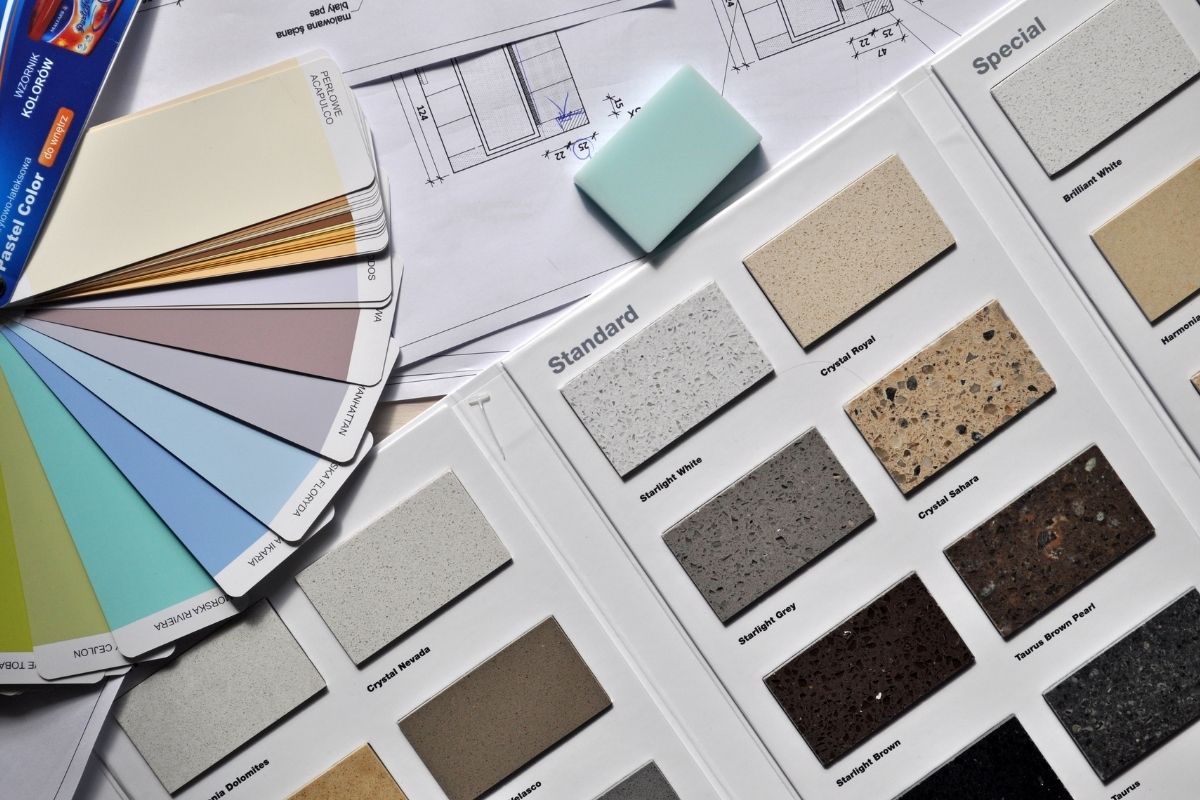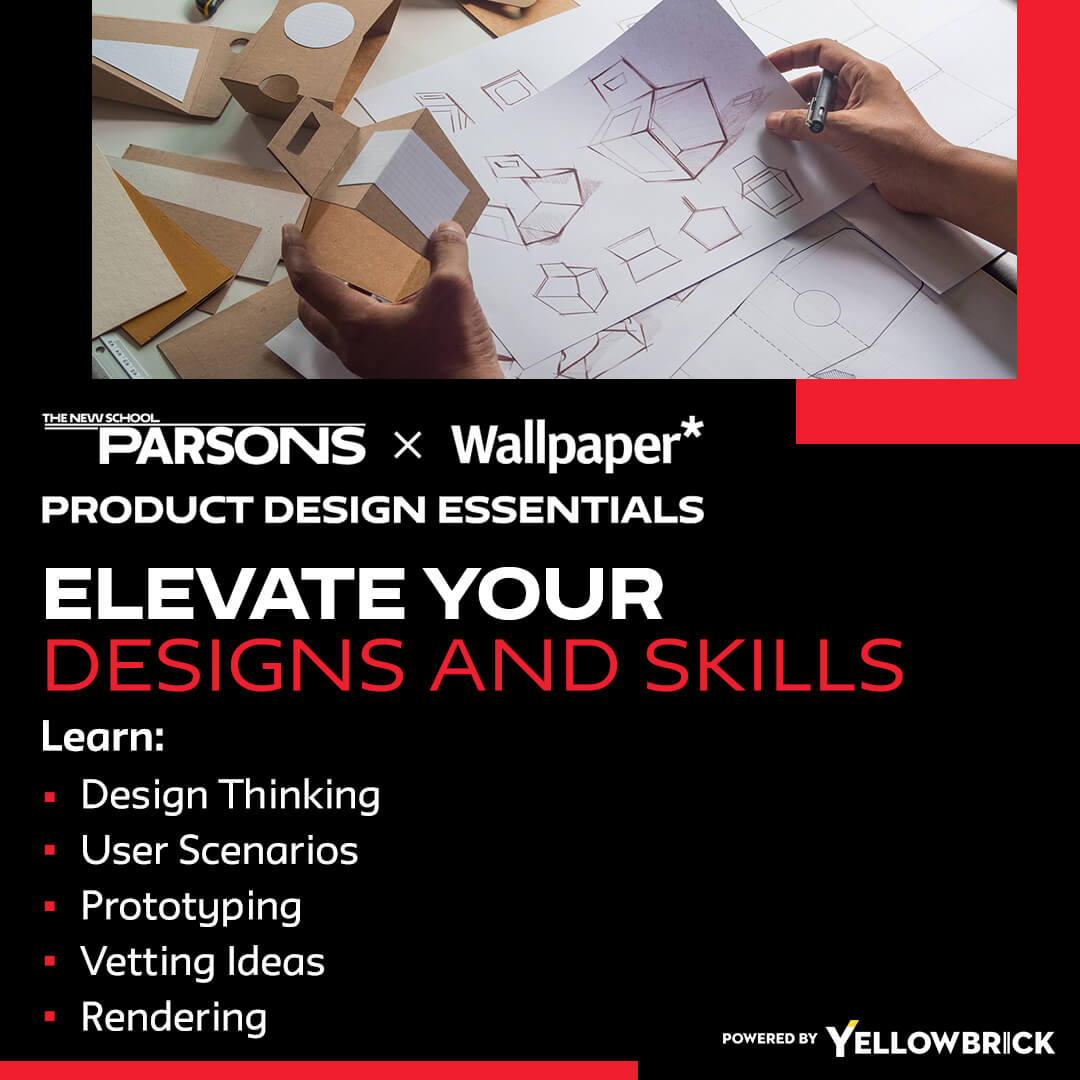Product Development: Hyo Yeon Explains the End of the Sprint

Toward the end of the product development ideation workshop sprint, after we’ve completed our divergent and convergent brainstorming, we’ll end up with a good list of concepts that we think are going to be promising. Since we still have a handful of ideas under investigation, we then go through a prioritization exercise in which we use conceptual filters to narrow our list. We use filters related to desirability for the user, feasibility from a technological perspective, especially in product design cases when we need to actually make or manufacture a thing and viability from a business point of view. When you think about all of the concepts that came from our sprinting ideation exercises and you filter them through these three main areas, usually one or two concepts pop out that we then bring to the sketching stage.
Sketching After the Sprint
At first, we do very rough sketching in digital applications. We basically fill in templates that look like interfaces or screens or fill a series of wireframes that allow us to tell a story, such as how a person needs to achieve a specific goal. We might tell their story by saying: “He starts here. He clicks here. He transitions to the next thing and the thing after it and so on.” It’s really important to show how it’s going to work over a series of interactions.
You probably see a lot of wireframing going on in the sketching stage. Sometimes, before we even start sketching the actual product, we go through a process of creating a concept poster or something similar to make certain that we thought of everything. We ask ourselves:
– What’s the name of your product?
– Who is it targeting?
– What’s the key, cool differentiating message?
– What does the product do?
We go into the sketching stage and then emphasize creativity with this one foundational document about what this thing actually looks like and how it works.
Online Product Design Education
During your product design education courses, you will learn a lot more about these and other processes that product designers often rely upon during ideation workshops to aid them in fulfilling the needs and desires of their clients and consumers. Every course is designed to help you move steadily one step closer to your dream of becoming a successful producer designer.


